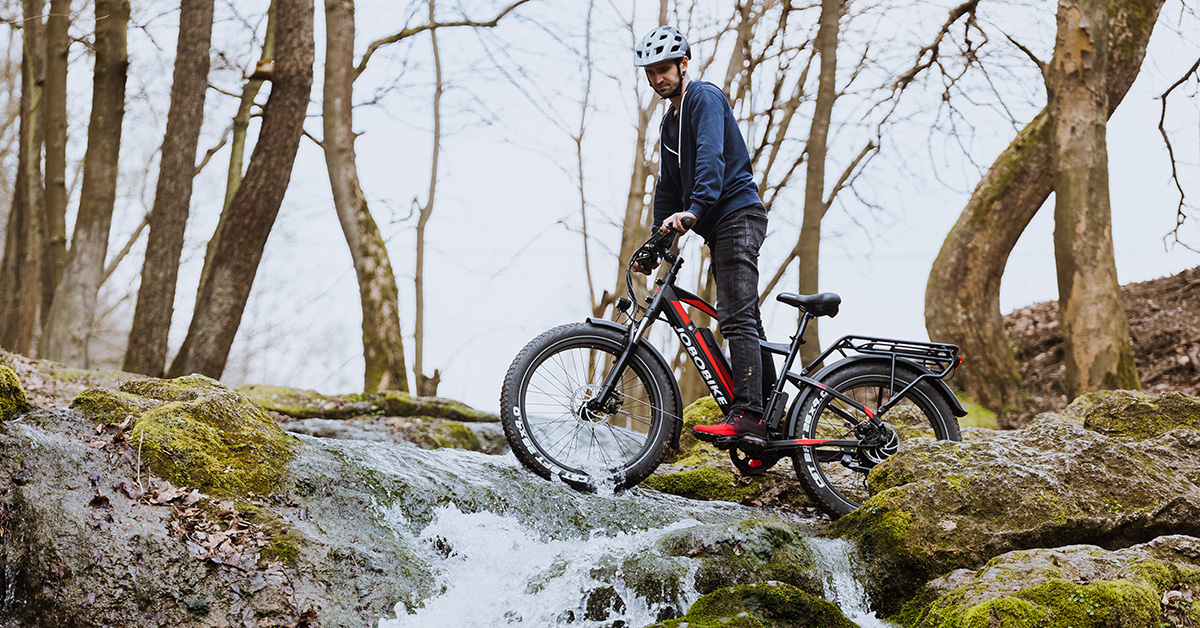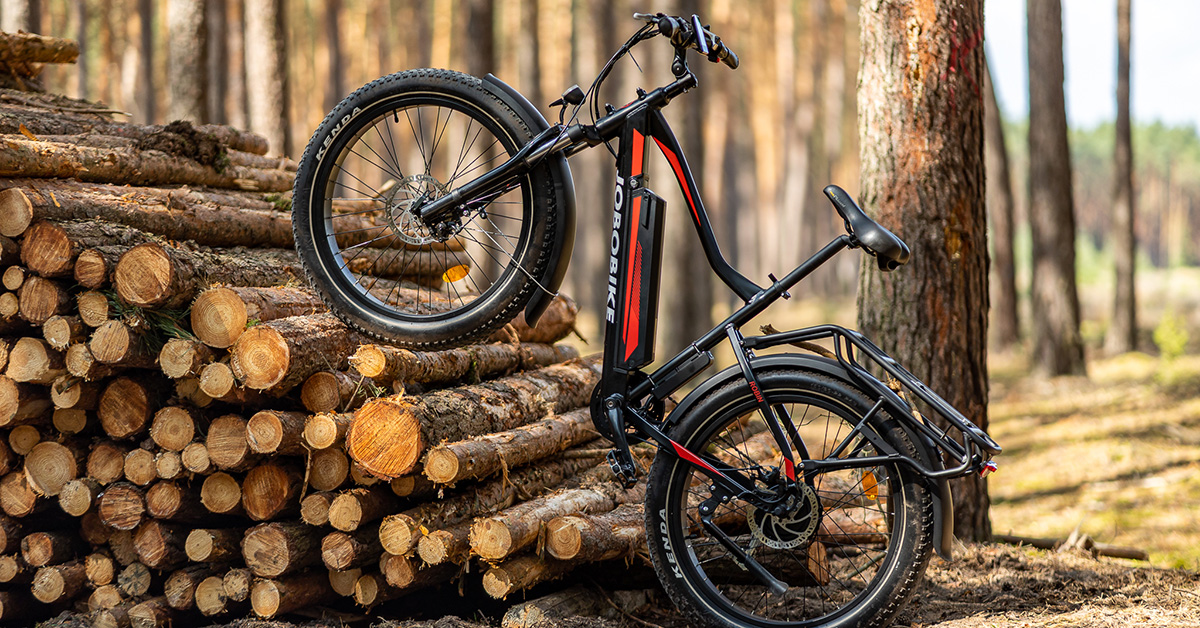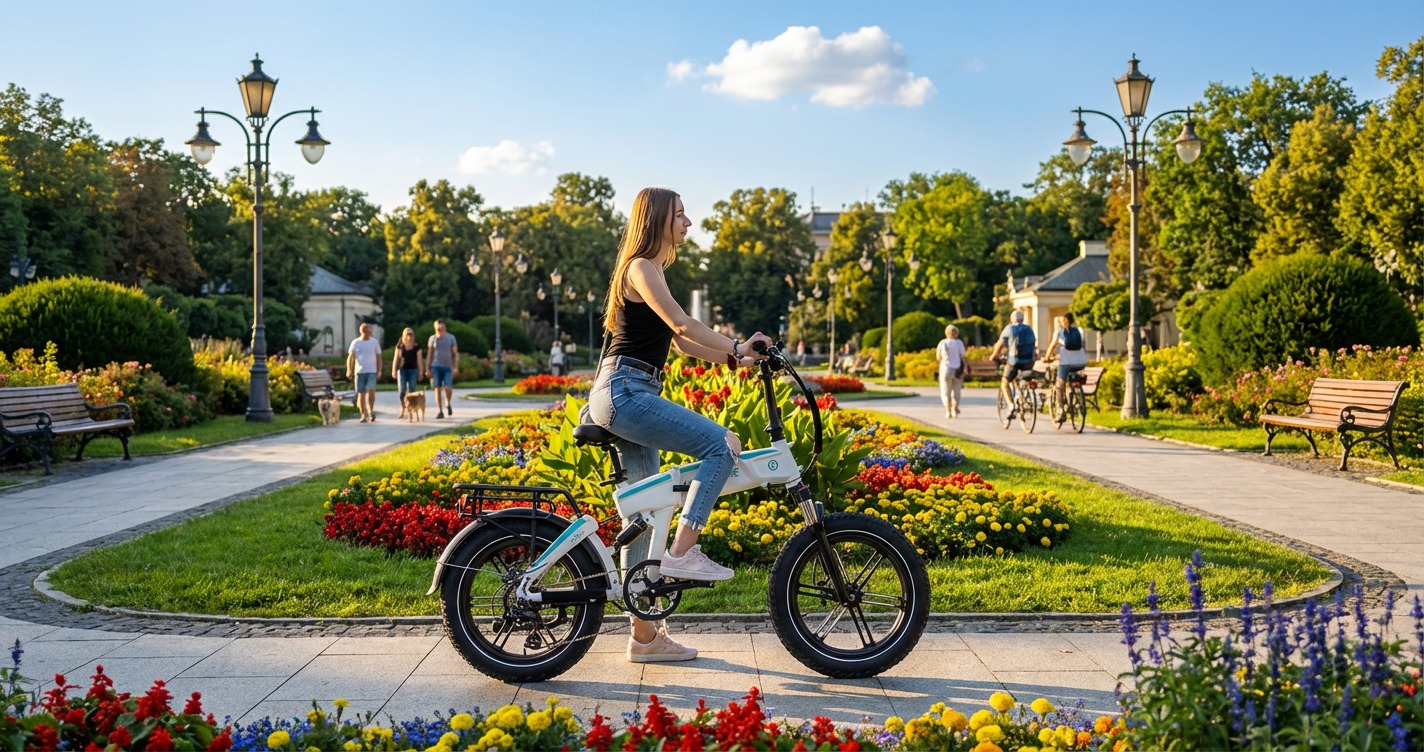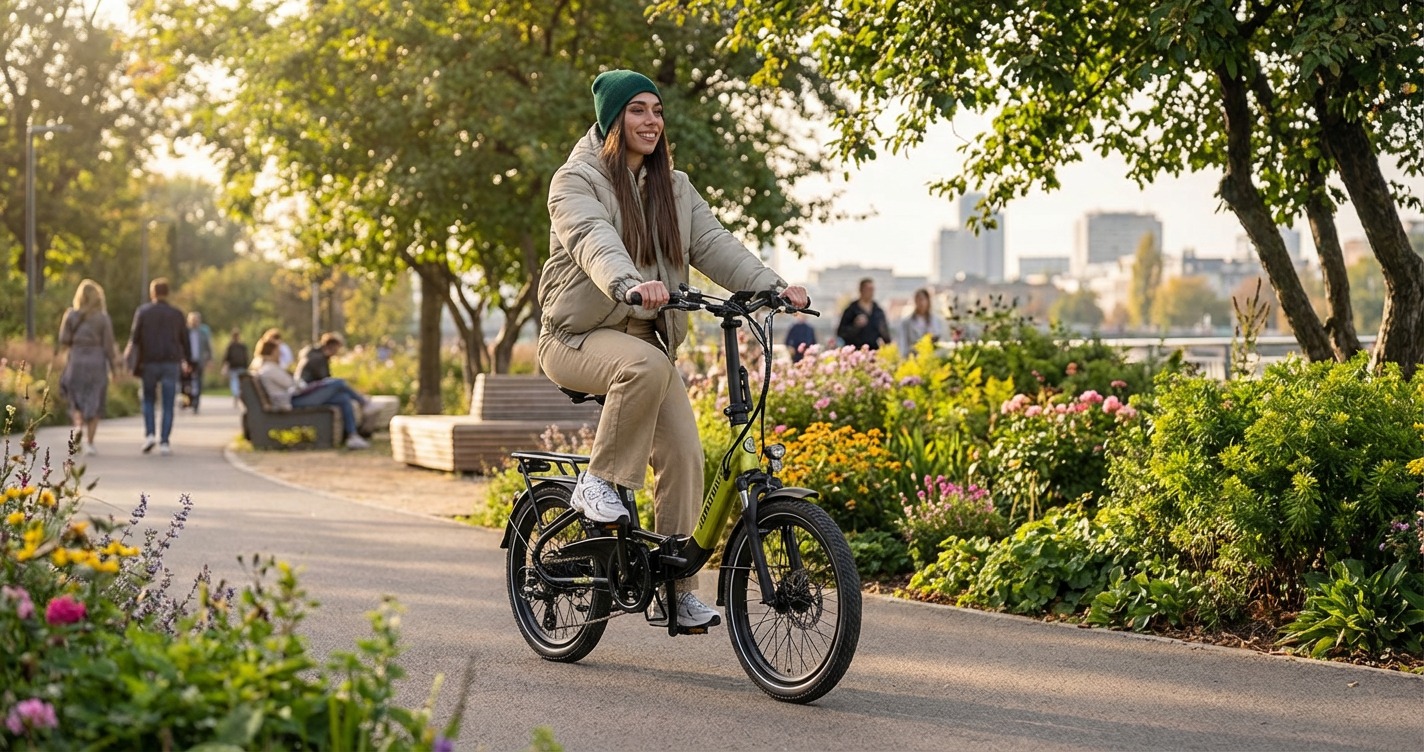Fatbikes have surged in popularity, opening up a world of new possibilities for trail riders and adventurers alike. Their distinctive, oversized tires are more than just a visual statement; they are the key to unlocking previously unrideable terrain. If you're curious about these wide-tired wonders, you're in the right place. We've compiled answers to some of the most frequently asked questions about the capabilities of a modern off road fatbike and what makes them such a versatile choice for exploration.
What makes an off road fatbike ideal for challenging trails?
The primary advantage of an off road fatbike lies in its oversized tires, which can be run at very low air pressures. This creates a massive contact patch with the ground, providing incredible traction and stability on loose or unpredictable surfaces like sand, snow, mud, and slick rocks. The large volume of air in the tires also acts as natural suspension, smoothing out bumps from roots and rocks for a more comfortable ride. A model like the Nordbike Xtrail amplifies these benefits by integrating a powerful electric motor, giving you the torque needed to power up steep, technical climbs that would be exhausting on a traditional bike.
How does fatbike terrain performance compare to a standard mountain bike?
While standard mountain bikes are agile and efficient on hardpacked trails, the unique fatbike terrain performance truly shines where other bikes falter. On soft surfaces like a sandy beach or a snow-covered path, a normal bike's tires tend to dig in and get stuck. A fatbike, however, 'floats' on top, allowing you to maintain momentum and control. This superior flotation and grip make it a year-round machine, capable of extending your riding season through the winter months. The exceptional traction also provides a confidence-inspiring experience when navigating challenging descents or off-camber sections of trail.
Is mountain biking with fatbikes a good option for all skill levels?
Absolutely. The practice of mountain biking with fatbikes is incredibly inclusive and rewarding for riders of all abilities. For beginners, the inherent stability and forgiving nature of the wide tires help build confidence quickly. They are less likely to get deflected by small obstacles and provide a more planted feel on the trail. For experts, these bikes open up new frontiers for exploration and extreme weather riding. An electric model like the Nordbike Xtrail further levels the playing field, making mountain biking with fatbikes more accessible by providing assistance on grueling climbs, allowing riders to focus on the fun and cover more ground.
What features define a high performance fatbike?
A true high performance fatbike is a symphony of purpose-built components designed for durability and capability. It starts with a robust and well-engineered frame, like that of the Nordbike Xtrail, which can withstand the rigors of aggressive trail riding. Key features include a powerful and reliable motor, a long-lasting battery, and rugged all-terrain tires that offer maximum grip. Furthermore, a high performance fatbike will have quality components, an intuitive control interface, and thoughtful design elements like adjustable handlebars and a rear rack for carrying gear, ensuring it’s ready for any adventure you can dream up.
Are fatbikes suitable for long-distance fatbiking?
Yes, fatbikes are excellent platforms for bikepacking and epic adventures. The comfort provided by the high-volume tires reduces rider fatigue over many miles, which is crucial for long-distance fatbiking. Models equipped with features like the rear cargo rack on the Nordbike Xtrail make it easy to carry all the essentials for multi-day trips. The addition of electric assistance is a game-changer for long-distance fatbiking, helping riders conserve energy, tackle more ambitious routes, and ensure they have the power to get home after a long day of exploring the wilderness.






